Zambia’s Luangwa Valley is famous for being the home of the walking safari. Legendary guides such as Norman Carr and Robin Pope pioneered safaris on foot in the South Luangwa National Park. Located upstream on the Luangwa River, North Luangwa National Park is far less known, and while it doesn’t offer the concentrations of big game found in South Luangwa, it does offer an untouched wilderness that is hard to find elsewhere in safari Africa.
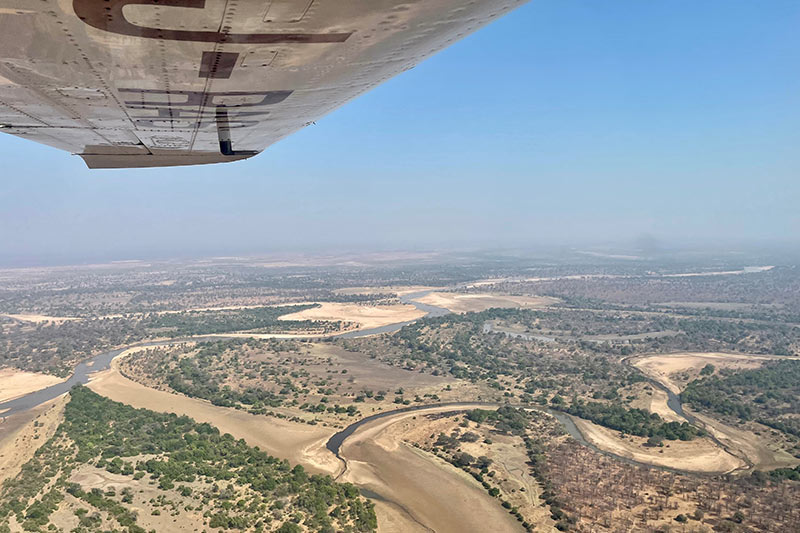


PRISTINE WILDERNESS
The park supports an incredible diversity of habitat ranging from riverine forest, mopane woodland, open grassland and acacia thicket. There are several tributaries running through the park into the Luangwa River, including the perennial Mwaleshi River which provides a ‘lifeline’ for the wildlife and is a focus for walking safaris.
The park has not had the level of investment in tourism that South Luangwa has received, and for many years was only accessible to National Park rangers and researchers. This has meant that road networks have not been fully developed, and so the park is best explored on foot – and is quite an exciting prospect for a walking safari. The fact that there are so few other tourists, and the wildlife is clearly not fully used to human presence, adds to the feeling of remoteness and exclusivity.

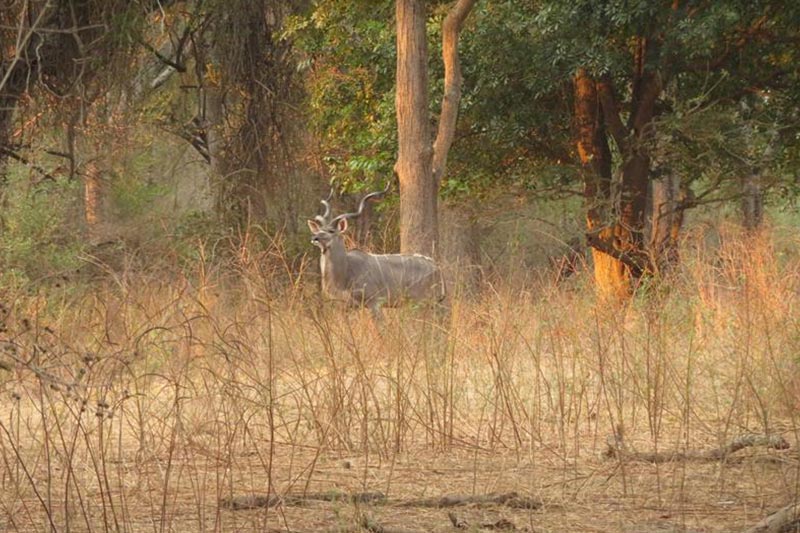

WHEN IS THE BEST TIME TO TRAVEL TO NORTH LUANGWA
The best time to travel to the North Park is in the dry season (July to October). Camps open from mid-June until the end of October and wildlife becomes more concentrated as the season progresses (August, September and October). Temperatures, however, can also get very hot towards the end of the dry season.

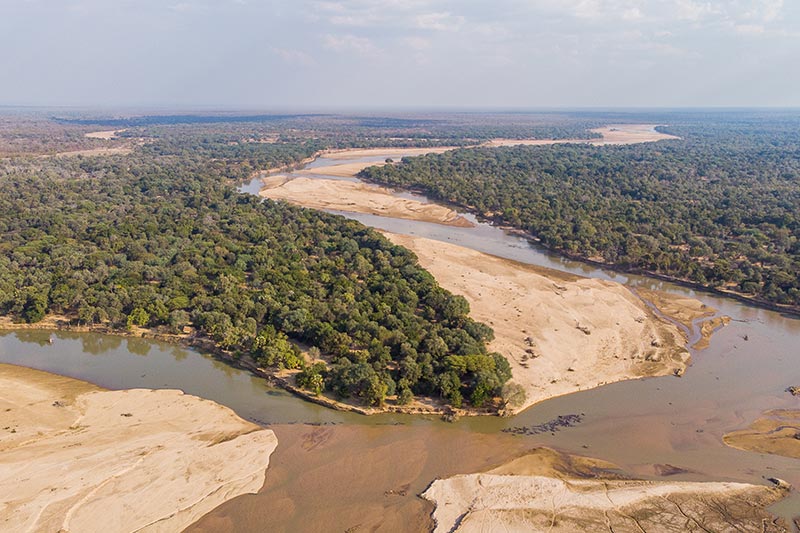
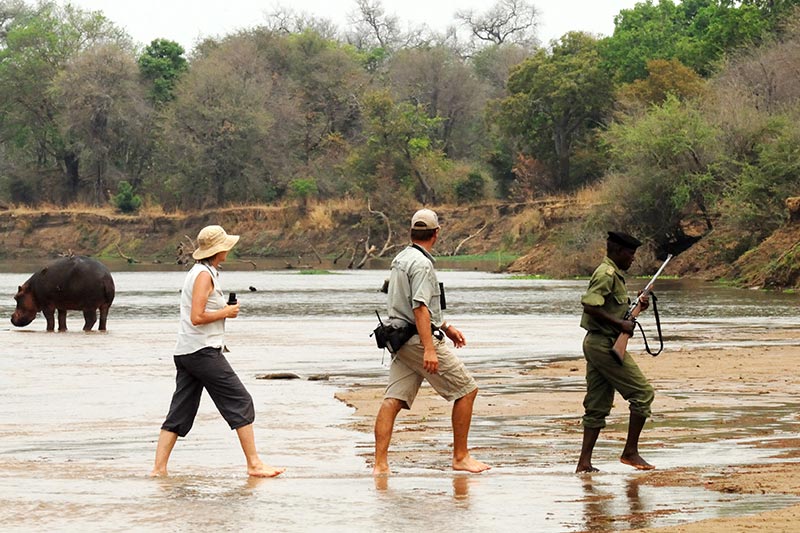
WHERE TO STAY FOR A WALKING SAFARI IN NORTH LUANGWA
There are currently two main camps to consider when staying in North Luangwa – both are operated by Remote Africa Safaris and both are very small, intimate bush camps with just four rooms each.
Mwaleshi Camp has been operating for many years and offers a near-total focus on walking with a vehicle only used to access different walking areas. This wonderfully exclusive and charming little camp overlooks the Mwaleshi River (which is safe for a cooling dip in the afternoon) and has a longstanding crew who make you feel very at home. Mwaleshi will appeal to those wanting a truly immersive bush experience and works well for anyone wanting to spend several days exploring on foot.

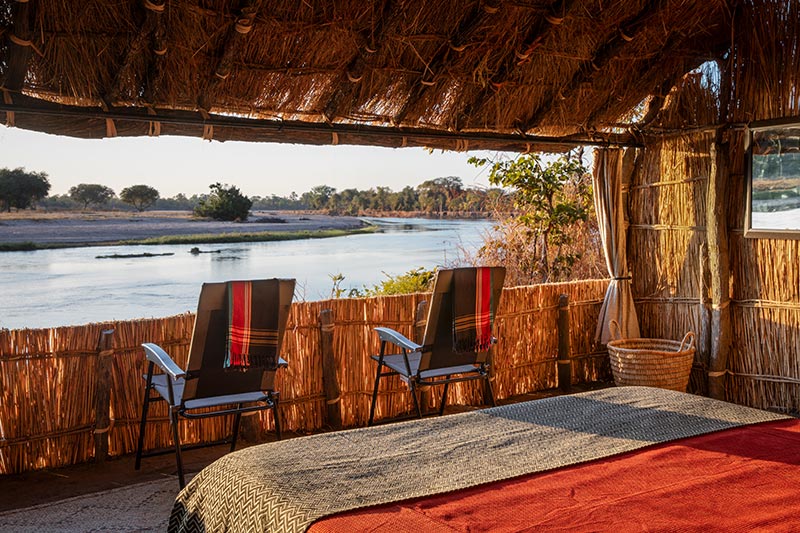

Sister camp Takwela has a stunning location with views over the confluence of the Mwaleshi and Luangwa Rivers, complete with the background laughter of many hippos (no swimming in the river here). The camp, whilst most definitely a bush camp, has a slightly less rustic feel than Mwaleshi, and offers the same warm hospitality. In addition to walking, Takwela has more areas accessible for game drives and so offers a chance to explore this area of the park both by vehicle and on foot.
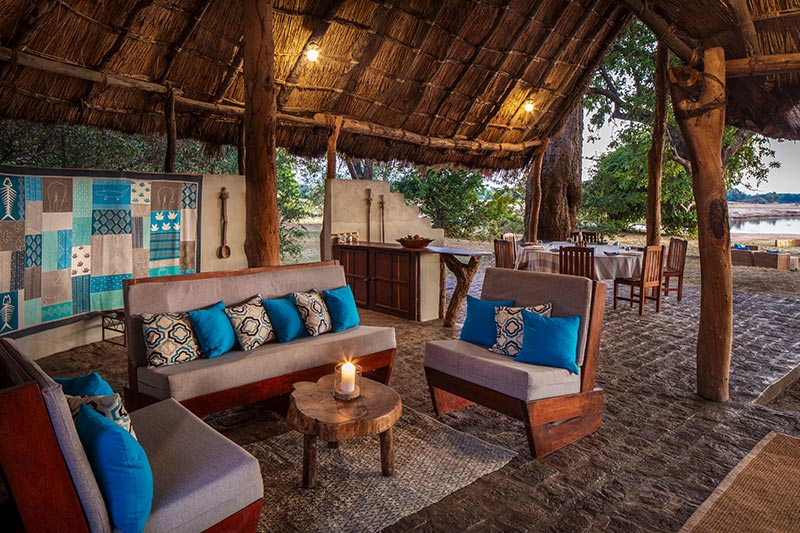
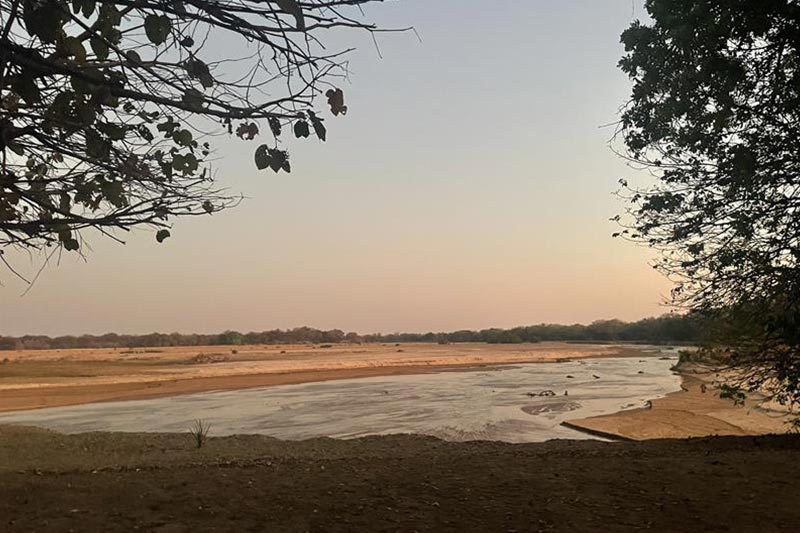
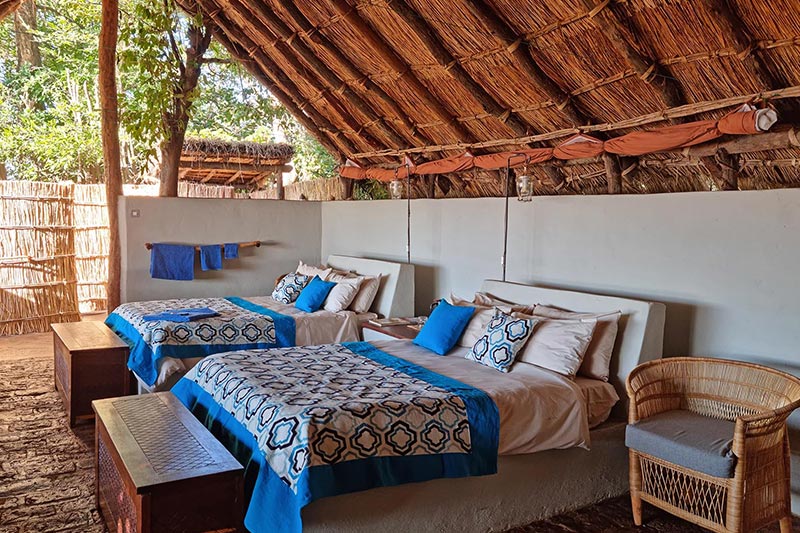
SUPERB GUIDING
Remote Africa Safaris has a long history in the Luangwa. Staying at their camps will guarantee the company of expert guides who know the area well and can read the tracks and signs of the bush to create a thoroughly rewarding experience. Where needed they can navigate big game encounters, and are always good company. All walking safaris in Zambia are conducted with an armed National Parks ranger present.
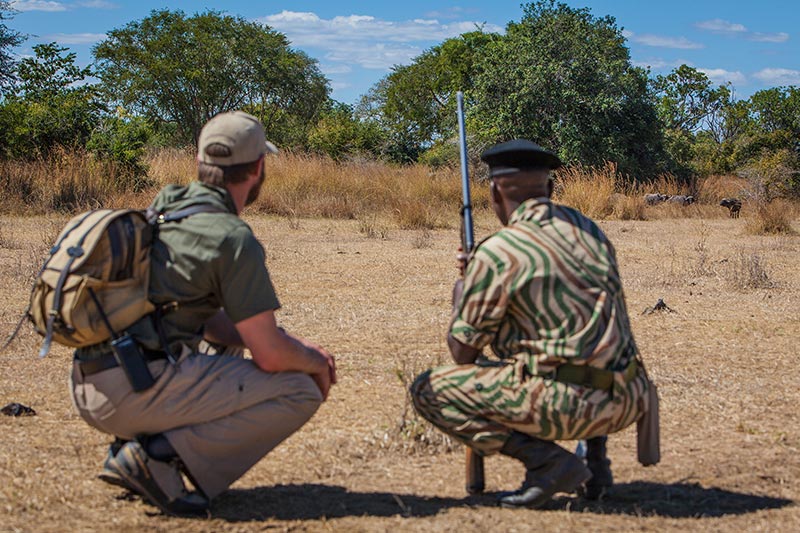
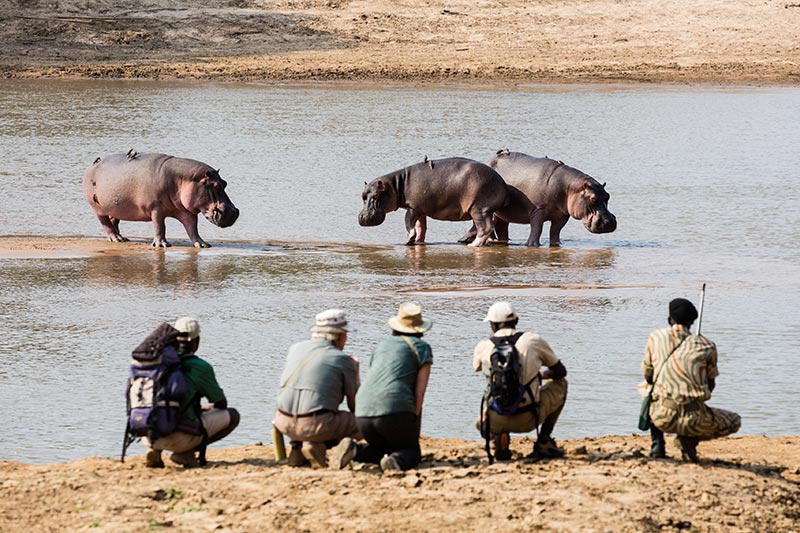

WHAT DOES A TYPICAL WALKING SAFARI INVOLVE?
The Mwaleshi River runs clear for most of the season and provides an important water source away from the Luangwa and so activities will often follow (and cross!) the river.
A day will usually start early, with breakfast at sunrise and then heading off on foot to make the most of cooler conditions. Walks are set at a gentle pace, and the terrain is generally easy going and you’ll walk for around four hours, with plenty of stops including a stop for morning tea which is freshly brewed under the shade of the closest tree.
You’ll return to camp for lunch and some time to relax, before meeting in the late afternoon and heading out on a shorter walk, or a game drive will be an option if staying at Takwela Camp.
If you’re combining both Mwaleshi and Takwela, the transfer between camps will generally involve a morning’s walk along the Mwaleshi River for around 10 kilometres. You’ll usually arrive into the next camp mid-morning (depending on wildlife detours along the way!).
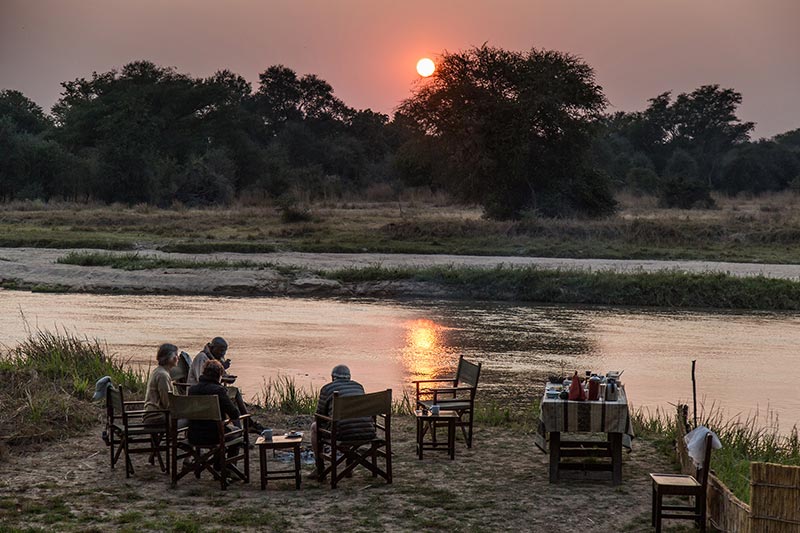


WHAT WILDLIFE WILL YOU FIND ON A WALKING SAFARI IN NORTH LUANGWA?
Having said that North Luangwa does not hold the concentrations of wildlife found in South Luangwa, there is still plenty to make for rewarding viewing. There are enormous herds of buffalo particularly in the dry season, and Cookson’s wildebeest are found in abundance, as well as puku, zebra, impala and Thornicroft’s giraffe. Lion and elephant are regularly encountered (all the more exciting when seen from the perspective of being on foot!), whilst a range of other predators such as leopard, hyena and wild dog exist in the park but are rarely seen, especially on foot. Hippo and crocs inhabit the waterways, and common species such as warthog, baboon, vervet monkey can be seen at any time.
The birdlife is also impressive in North Luangwa with 450 species recorded with highlights including chestnut-mantled sparrow weaver, yellow-throated longclaw, white-winged starling and Pel’s fishing owl.
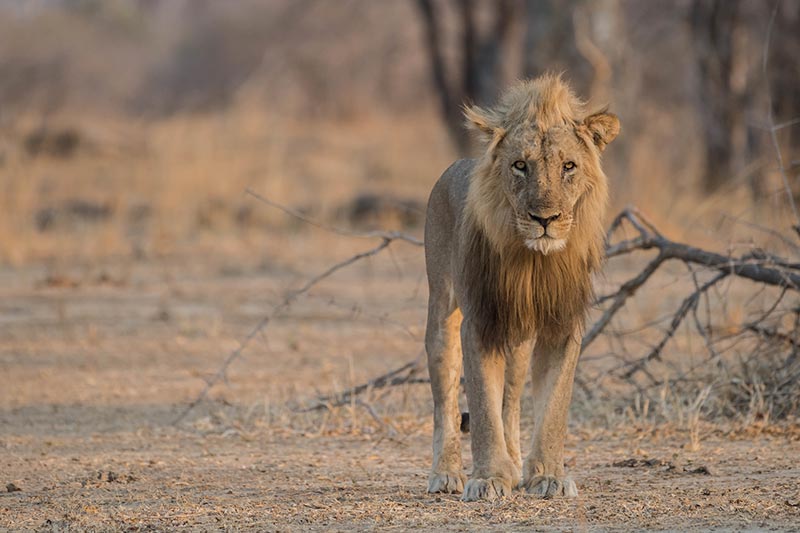
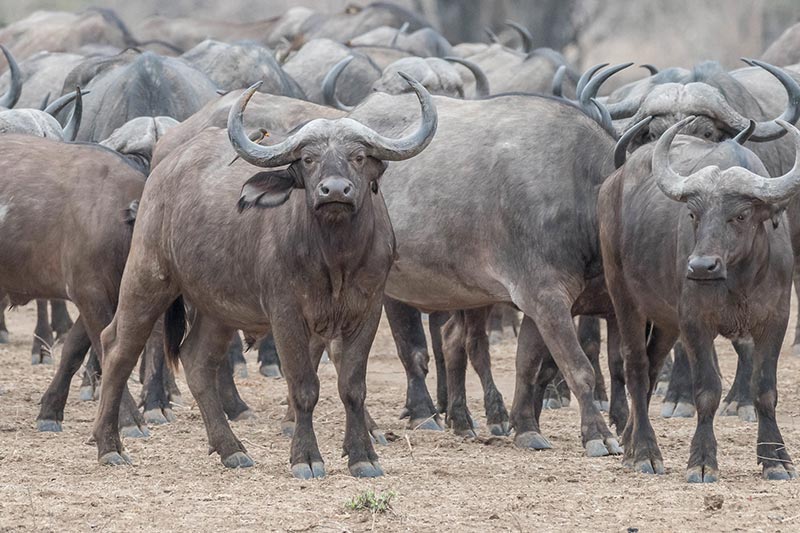
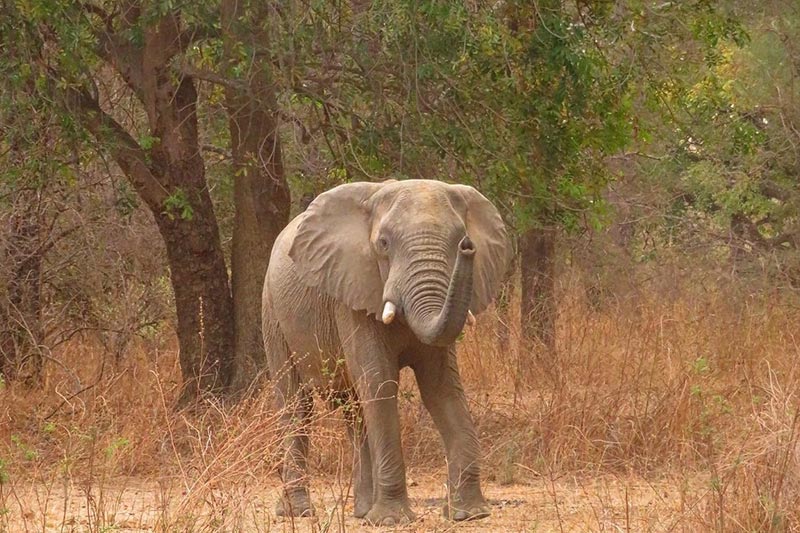
SUMMARY
North Luangwa has a real sense of remoteness combined with a raw big game experience, offering a rare adventure which would perfectly suit anyone looking for an immersive wilderness experience.
If you are thinking of planning a walking safari to Zambia, please contact our friendly and knowledgeable team who would be delighted to discuss options to suit your individual preferences and requirements. You can also read more here about the magic of Zambia’s Luangwa Valley or here about how you can combine Luangwa’s North and South Park.

